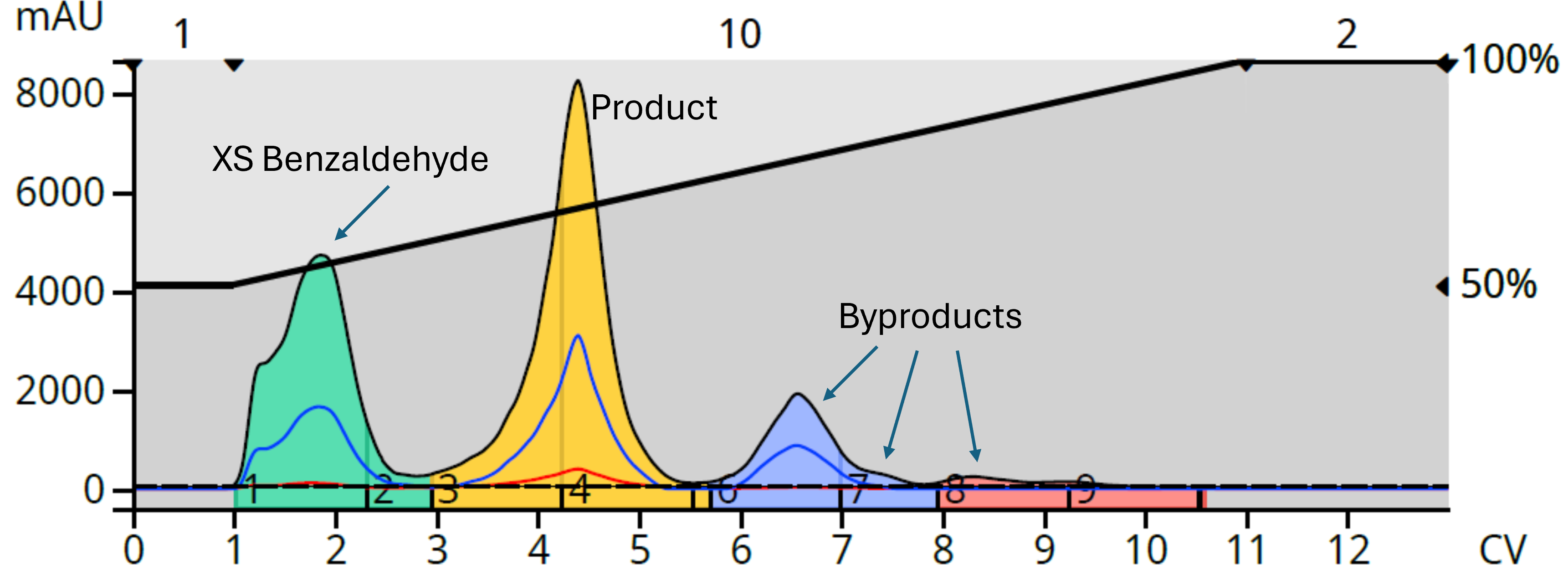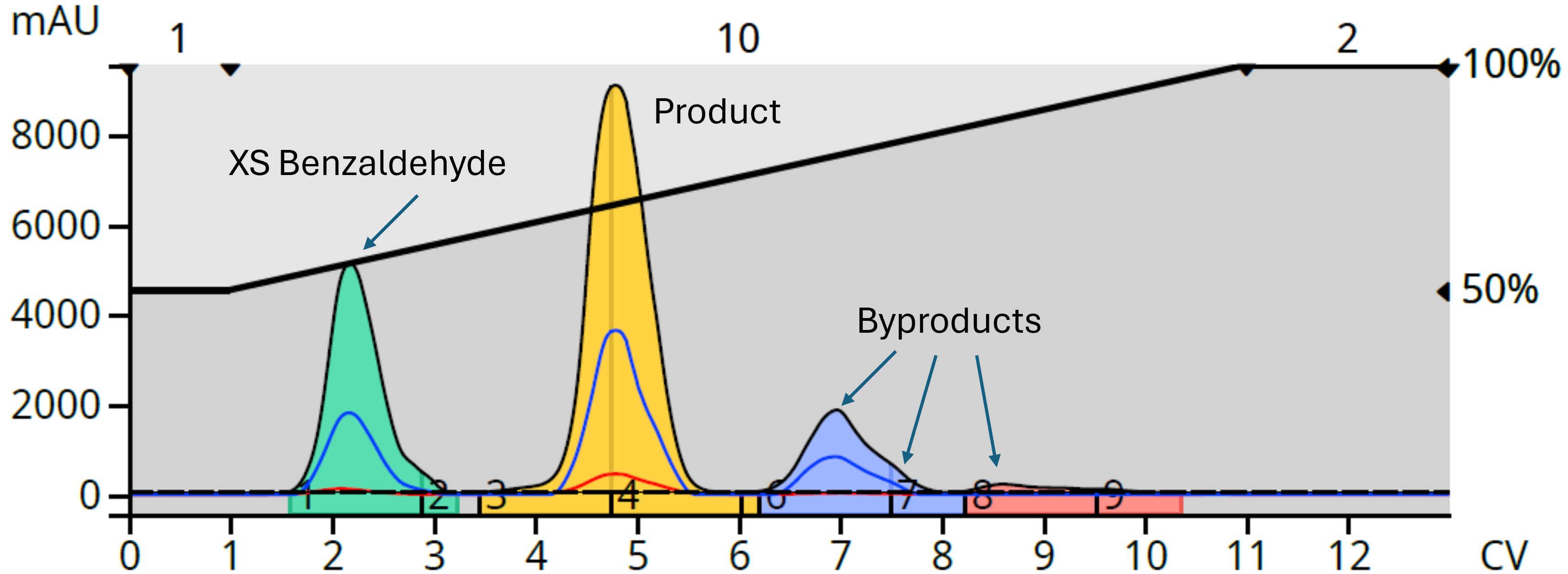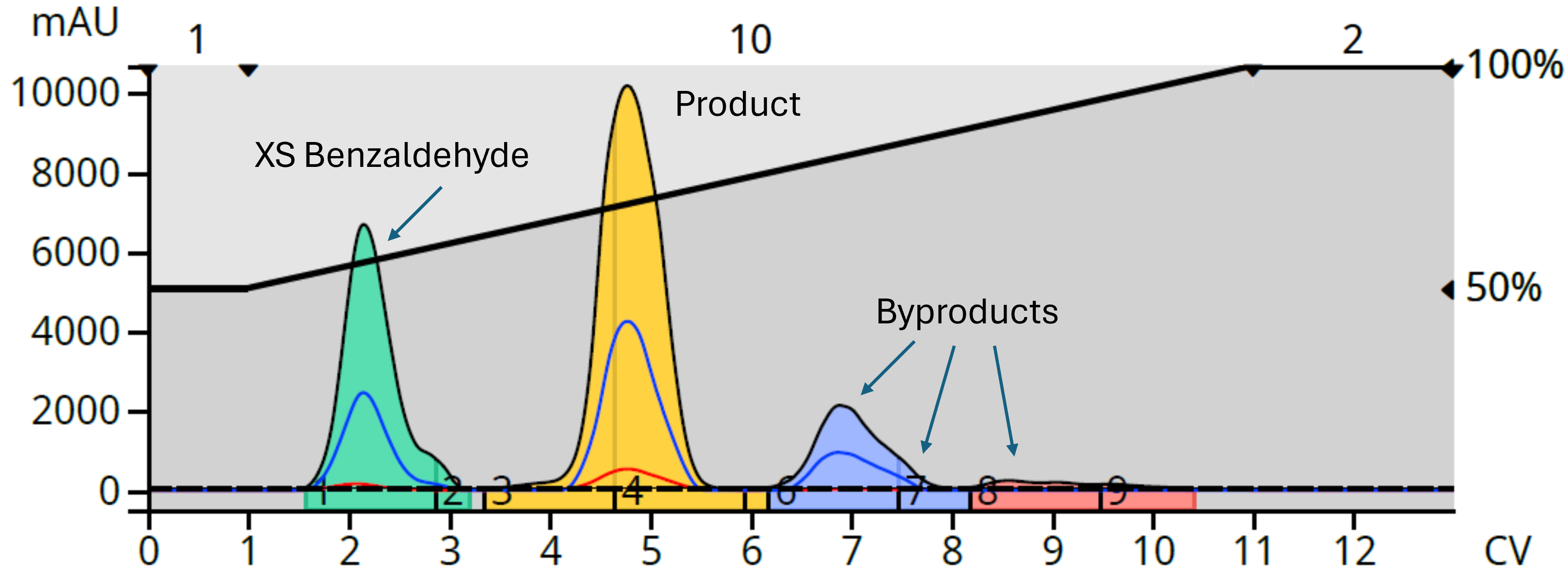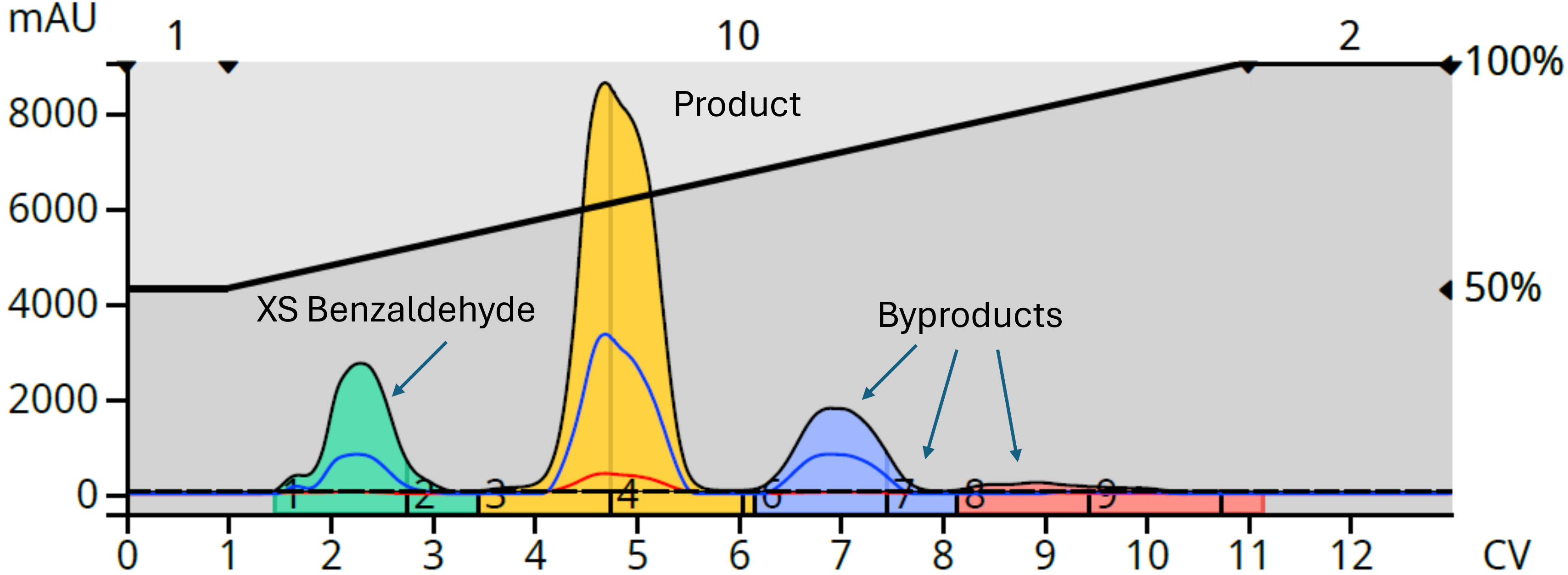Mar 20, 2024 1:54:00 PM
How to choose dry load media
By Bob Bickler

Dry loading crude reaction mixtures can dramatically improve purification results. This is a topic I have blogged about several times and is important enough to discuss again.
Why? Because, however convenient liquid loading is, there are issues with this technique including…
- Likely sample loss due to spilling at the top of the column
- Reduced retention due to the injection solvent’s strength relative to those of the reaction mixture’s
- Band broadening, again, due to the injection solvent’s polarity
If you currently use dry loading, great! Continue to do so. However, keep reading as you may not be using the most appropriate dry load sorbent.
The typical logic with dry loading is to use silica or diatomaceous earth for silica column chromatography and C18 sorbent for reversed phase flash purification. These options work but other options exist which can further improve purification results including the use of ion exchange media.
Let’s take, for example, the purification of the reaction mixture created from isatoic anhydride + benzaldehyde + α-methylbenzylamine (2 mmole scale). This reaction created the product, some byproducts, and has excess, unreacted benzaldehyde.
After drying the reaction mixture and redissolving in methanol (840 mg RxN mix/10 mL MeOH), a 1 mL injection (84 mg) into a 12-gram C18 flash column generated the chromatogram below, Figure 1.
 Figure 1. Reaction mixture liquid load (1 mL) on a 12-gram Biotage® Sfär C18 column.
Figure 1. Reaction mixture liquid load (1 mL) on a 12-gram Biotage® Sfär C18 column.
A 1 mL injection is large for this column size (~6% of the column’s internal volume of 17 mL) but helps to prove one of dry loading’s benefits – increased sample loading. When liquid loading, especially with larger volumes, chromatographic results are impacted. In this example, the first peak (excess benzaldehyde) is misshaped, the product peak fronts enough to significantly reduce the separation of it from benzaldehyde, reducing the collected product’s purity.
Convention suggests that dry loading with C18 media is the best choice for reversed phase flash chromatography results; it does work well, Figure 2.
 Figure 2. Reaction mixture purification using C18 dry load media.
Figure 2. Reaction mixture purification using C18 dry load media.
Reversed phase dry loading eliminated the issues generated using a liquid injection by providing symmetrical elution bands and increasing compound retention while improving resolution between the product and both excess benzaldehyde and the trailing byproduct. Another benefit of using a reversed phase dry load medium is that it will bind impurities not soluble in the mobile phase thus protecting the main purification column.
So, we saw dramatic chromatographic improvement with C18 dry loading, but what if you only have bulk silica available, can it be used? Of course it can. In fact, you may see even better results with silica dry load media. Why, because being very polar sorbent, it will release adsorbed crude reaction mixtures more readily than C18 when using polar reversed phase solvents, Figure 3.
 Figure 3. Crude reaction mixture purification using silica as the dry load sorbent.
Figure 3. Crude reaction mixture purification using silica as the dry load sorbent.
The results can mean increased product yield, an important factor in a multi-step synthesis. In this example, the product peak is >10% taller than with the C18 dry load so silica is a very suitable dry load media for reversed phase flash. Conversely, try C18 media for dry loading a normal phase silica column purification for similar result improvements.
There are other dry load media options as well including ion exchangers. Ion exchange media can be used to scavenge excess acids or bases and even reduce/remove unreacted starting materials, such as the benzaldehyde in this reaction. Aldehydes react with primary amines so, in theory, an amine dry load sorbent should reduce the amount of the excess benzaldehyde in the dried crude, Figure 4.
 Figure 4. Reversed phase purification of the crude reaction using a primary amine dry load sorbent (ISOLUTE® NH2).
Figure 4. Reversed phase purification of the crude reaction using a primary amine dry load sorbent (ISOLUTE® NH2).
Indeed, this is what occurred as the benzaldehyde concentration (peak height) is essentially cut in half compared to the C18 dry load purification. The amine dry load also exposed a potential contaminant in the product peak as seen with the shoulder on the back of the product peak.
Well, this is a lot of information, I know, but understanding how different dry load media can impact your purification will help you optimize your reaction’s purification.
Products used in this post included:
- Biotage® Selekt Enkel
- Biotage® Sfär C18 column, 12-gram
- Biotage® DLV, 10-gram
- Biotage® KP-Sil
- Biotage® KP-C18-HS
- ISOLUTE® NH2
More information on flash chromatography best practices can be found in our whitepaper Successful Flash Chromatography
Published: Mar 20, 2024 1:54:00 PM

